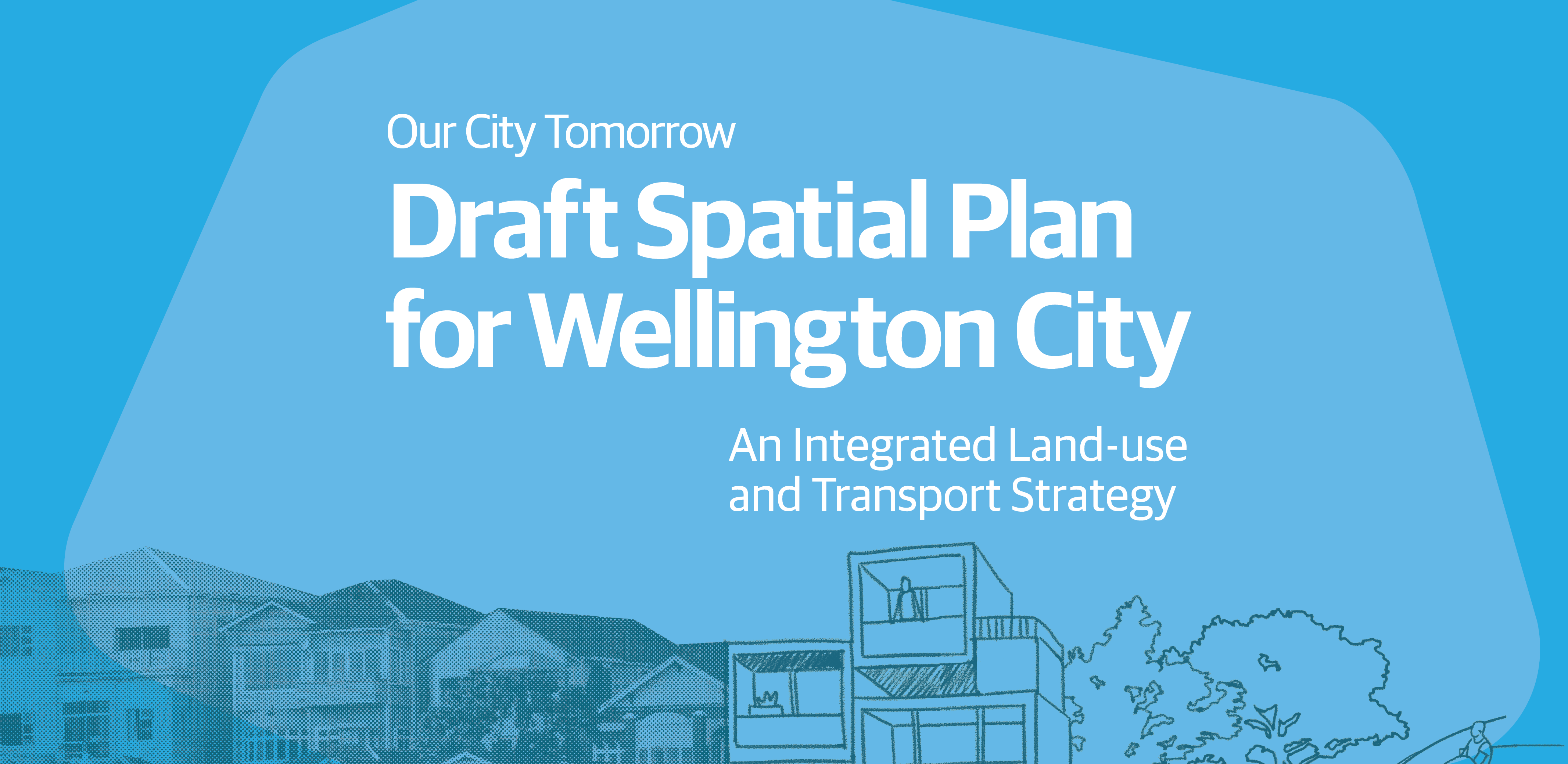
Benoit - 21 Juin 2021
The final spatial plan is not yet officially back in front of the City Council, but already, Wellington social media are back to firing war zones. The “debates” have again fallen into a battle of cliches, where everyone is accusing everyone else of being a selfish privileged boomer or a developer pawn.
The final spatial plan is not yet officially back in front of the City Council, but already, Wellington social media are back to firing war zones. The “debates” have again fallen into a battle of cliches, where everyone is accusing everyone else of being a selfish privileged boomer or a developer pawn.
It seems impossible to have a nuanced debate when sarcasm and oversimplification fly in all directions: you’re a filthy NIMBY if you have the slightest issue with high-density housing, perceived by some as the nirvana; if you’re a landlord, you’re probably happy to leave poor tenants in mouldy rentals (because, you know, all rentals are mouldy in Wellington); or if you are pushing for intensification that’s because you are playing the tune of greedy developers.
Obviously, none of that is true, and the vast majority of people simply have different views on how to address the many challenges the city is facing, housing being one, but climate and infrastructure too.
As for me, I was raised in a family that would have Labour sitting on the right side of the political spectrum and I still very much believe we should help those whose life has dealt them a poor set of cards. It seems obvious to me that if you don’t have a roof at all, the community should provide you with one to help while you get sorted; I also think the housing market is at absurdly high levels and it has to cool down, even if the value of my house goes down. Finally, if you’re a landlord and don’t look after your tenants by keeping them in sub-par rentals, you should be forced to bring your property up to standard. I would be more than happy with greater regulation in these domains to curb the market in a direction that works for people first.
To address the Wellington housing crisis, I believe in a solution that would promote medium density (up to 6 storeys) close to existing transport infrastructure. I would be comfortable to see the new denser areas around transport hubs be widened to avoid high rise. I would also mandate 15% of the ground area of any new development to be dedicated to green spaces, as reverse engineering green in a city that has been concreted up is borderline impossible. This would have the benefit of giving existing residents the guarantee that a new development has something in it for them while creating the conditions to support better mental wellbeing for everyone, especially the new residents. This minimum of greenery would also create a mesh for biodiversity in the city, which would have immeasurable health benefits. These medium density clusters would expand horizontally until housing prices and income averages matched up.
Better than all that of course would be a true embrace of remote working. Implemented everywhere it is possible, this would have the potential to make businesses and government organisations leaner, reduce emissions drastically, crush the need for new roads, and free up office space for homes. All that while maintaining a steady stream of incomes for businesses in the CBD, improving wellbeing, and cancelling the need to grossly contribute to climate change by building new towers. This requires, however, true visionaries, which I’m afraid we are short of at the moment. It would also free up road space for a reliable public transport network, a prerequisite regardless of both scenarios. I dream of a reliable bus network in Wellington, frequent, affordable, and clean.
The “high-rise” choir, while moved by best intentions, is pushing for a false good idea. The first reason is Wellington’s location: who would think it’s a good idea to build a nuclear plant on a fault line? Exactly. And even if one can argue high-rises can be earthquake-resistant, they end up quite expensive (so not meeting the need for affordability) and cause insurance challenges. Plus, anyone who has ever had the chance to own an apartment also knows the cost of body corps and how they have the potential to create severe social tension within a building: the bigger the building, the more excruciating the body corp. Finally, the risk of building chicken batteries increases with the height of the buildings: humans need human-sized structure to live in to feel happier and create inclusive communities.
This wishlist does not translate solely in the Spatial Plan. It would also need to be supported by a coherent, coordinated effort on the District Plan, building code, etc – the only option that has the potential to create a consensus across residents who have made a nest for themselves, and all the others in dire need of decent, affordable housing. It is so because it is balanced, nuanced, and gives to everyone while keeping what makes Wellington so special.
Benoit, le 21 Juin 2021